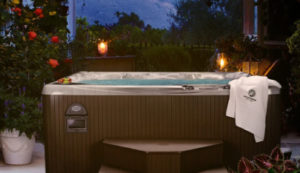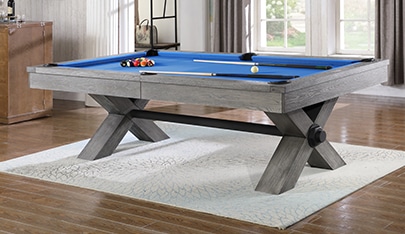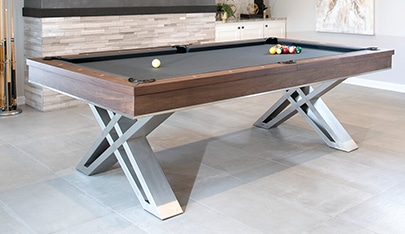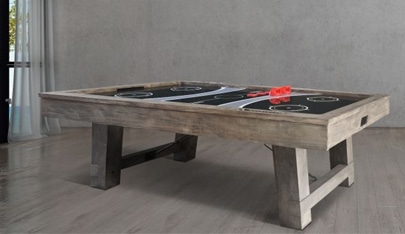Understanding Hot Tub Placement Regulations, Bylaws and Permits in Ontario

Planning to enhance your backyard with a hot tub in Ontario? Well, first things first – you need to learn about local regulations, permits, and bylaws to ensure your new relaxation oasis complies with the law. This guide breaks down what you need to know about hot tub placement regulations in Ontario, so the process is straightforward and stress-free.
Key Regulations and Safety Standards
Before diving into your hot tub project, familiarize yourself with general safety regulations. Ontario’s guidelines stress the importance of maintaining hot tub temperatures below 40 degrees Celsius (104 degrees Fahrenheit) to prevent health risks. For children under five, the recommended maximum is even lower, under 100 degrees Fahrenheit. The province also mandates specific water quality standards and secure installation on a solid, level surface to guarantee both safety and enjoyment.
Permit Requirements for Hot Tub Installation
Most Ontario municipalities require permits for hot tub installations, classified under “new structure, addition, or renovation.” For example, Ottawa’s Bylaw No. 2013-39 requires private owners of pools, hot tubs and ponds to erect an enclosure around them to keep out small children. Ensuring your project has the green light from local authorities is a step you cannot skip.
Fencing Bylaws and Privacy Measures
Protecting your privacy and ensuring safety comes with understanding fencing bylaws. Requirements vary, but measures like self-closing, locking gates, and hardcovers with safety locks are commonly enforced.

Placement Considerations and Compliance Steps
Adequate placement involves more than just picking a spot. You’ll need to consider proximity to property boundaries and overhead power lines and ensure the structure can support the hot tub’s weight. Detailed planning and compliance with municipal guidelines are essential for a successful installation.
Electrical Requirements for Hot Tub Installation
Ontario requires a dedicated Ground Fault Circuit Interrupter (GFCI) for hot tubs, safeguarding against electrical hazards with water. Professional installation by a licensed electrician (LEC) ensures your hot tub’s electrical system meets provincial safety codes. This might include a dedicated circuit and adherence to specific wiring standards and distances from the hot tub to the electrical panel.
Talk With a Hot Tub Expert Today
Setting up a hot tub in Ontario doesn’t have to be complicated. By adhering to local regulations, obtaining necessary permits, and ensuring safe installation practices, you can enjoy your hot tub without any legal hiccups. Need assistance or have questions about hot tub placement in your area? Our experts at Oakville Home Leisure are here to help. Contact us today to make your hot tub dreams a reality!


































 Specials
Specials

